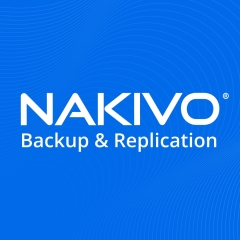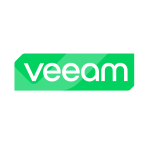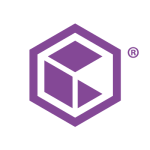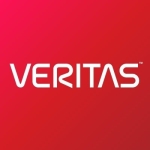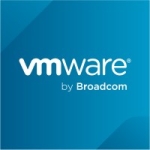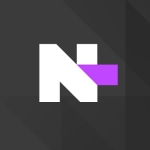Pros and Cons
- "Nakivo is an easy-to-use, robust and cost-effective backup solution. I highly recommend it."
- "Compression and data deduplication are okay, but they could be improved."
Our company has been using Nakivo for five years as a backup solution for a small vSphere cluster. Although newer versions have many other features, we only use them for on-premises VM backup.
Nakivo acts as a safety net for our data. Among other things, the ability to quickly recover information when needed gives us the peace of mind that comes from knowing that business continuity is in place.
Personally, I appreciate the following two aspects:
- Flash VM boot cuts downtime to minutes by starting the VM directly from the backup repository
- The backup repository folder contains all the information needed to restore data. In case of disaster recovery, just install Nakivo on any new Windows machine, add the existing repository and you have access to all backups, no further configuration is required.
The overall impression is very good. However, some aspects could be improved:
- Tape backup is somewhat rudimentary.
- Compression and data deduplication are okay, but they could be improved. For the same set of VMs, the vSphere Data Protection repository is half the size of the Nakivo repository.
Nakivo is an easy-to-use, robust and cost-effective backup solution. I highly recommend it.
Disclosure: My company does not have a business relationship with this vendor other than being a customer.

